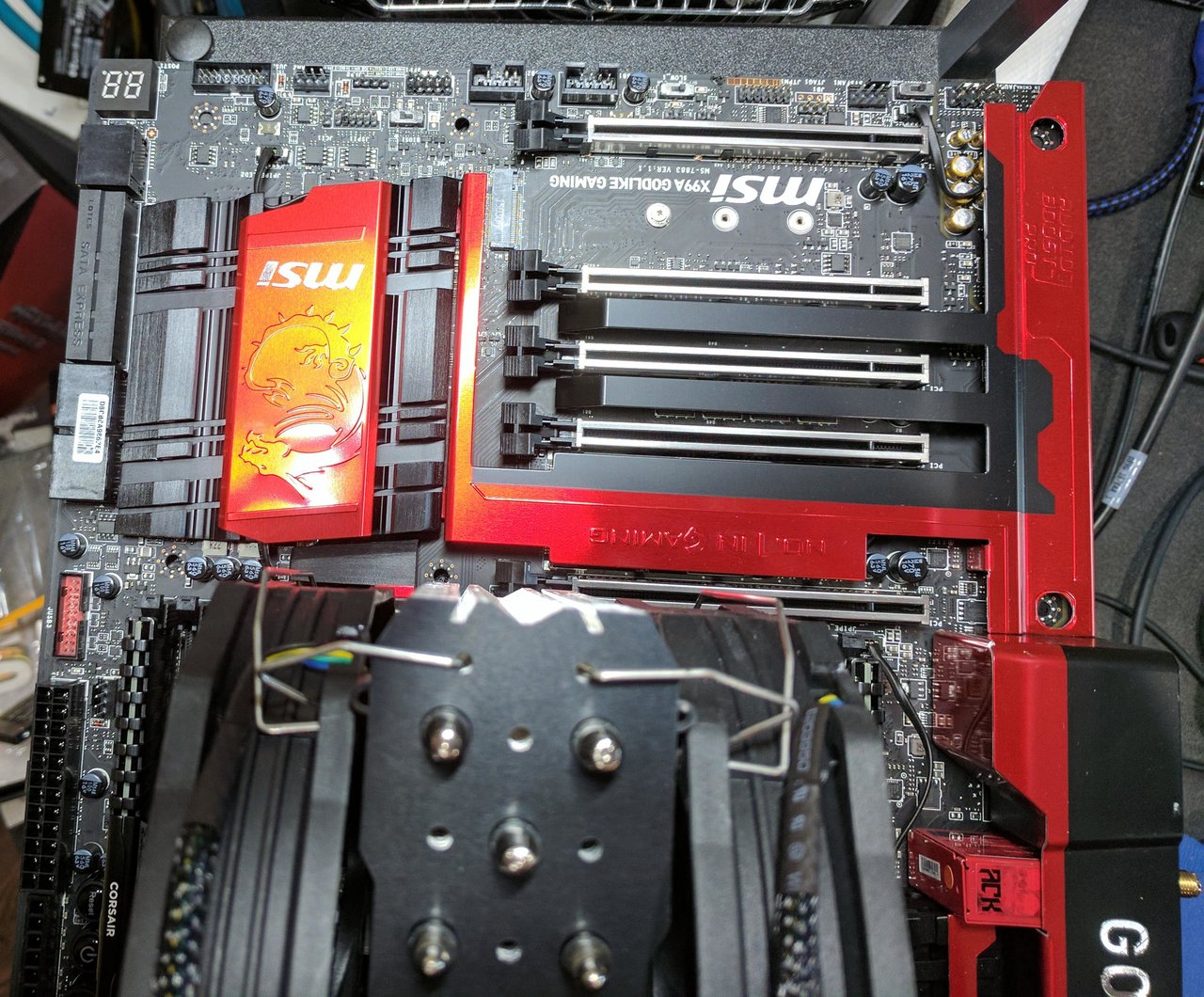- Joined
- May 18, 1997
- Messages
- 55,601
Thermalright True Spirit 140 Direct CPU Air Cooler - Thermalright has been laying low in North America for the last few years, actually almost 5 years the way we see it. The True Spirit 120 was an inexpensive Titan when it came to cooling hot CPUs. Thermalright's legacy is extended today with the True Spirit 140 Direct, but is it worthy of the "True Spirit" name and most importantly your hard earned dollar?
![[H]ard|Forum](/styles/hardforum/xenforo/logo_dark.png)

